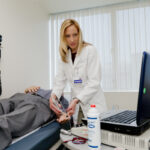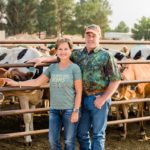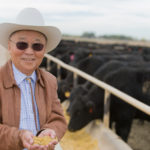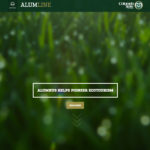
Audrey Ruple (B.S., ’02; D.V.M., ’08; M.S., ’11; Ph.D., ’14) was a young student sitting across from a patient diagnosed with HIV. It was Ruple’s job to determine the risks and benefits of the patient’s living environment. When Ruple asked if there were any pets in the home, the patient’s eyes lit up and they began to look and feel better. That was the moment Ruple realized she wanted to take a One Health and translational medicine approach to veterinary medicine to help enhance the health- and lifespan of dogs and their human companions or, as she puts it, become “a vet for people.”
Becoming a veterinarian was always the dream for Ruple. The daughter of an archeologist with a self-described “nomadic childhood,” Ruple was willing to go anywhere to achieve her dream as long as the program was the best.
“CSU’s vet med program was top three in the country, and that was the draw,” Ruple said from her office at Virginia Tech where she teaches and conducts research. “I thought CSU would just be a stepping stone, but it wound up having a huge impact on my career.”
That impact comes in the form of Ruple’s four degrees she received from the University – a Bachelor of Science in microbiology, a Doctor of Veterinary Medicine, a Master of Science in clinical sciences, and a doctorate in cellular and molecular biology.
“I tell this joke that I bleed green and gold,” she said as she pointed to her CSU regalia that still hangs proudly in her office. “I really thought I would be a clinical vet, but then, through an introduction to epidemiology, I realized I had this whole other dream. That led me to my master’s and second Ph.D. Each degree has given me a different set of skills that work well together and sets me apart. When I walk into a room, no one else has the same set of credentials that I have.”
Those credentials, which allows Ruple to look at a patient from the micro all the way up to the macro level, made her the standalone candidate to take on the environmental lead role for the Dog Aging Project.
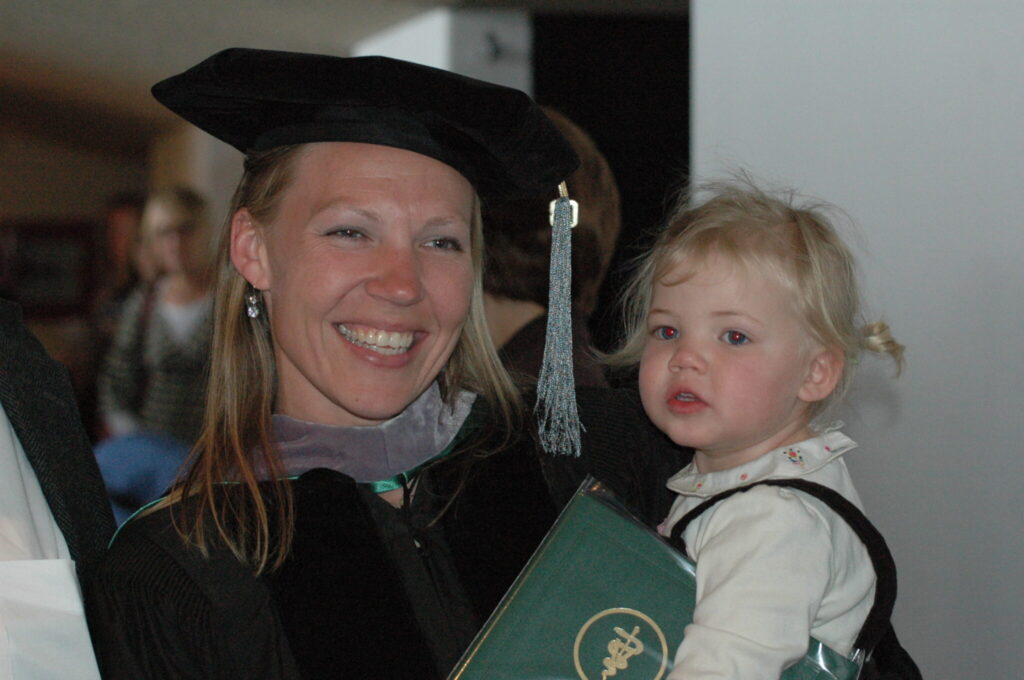
Begun in 2019, the Dog Aging Project is the most comprehensive study on dog health ever. With more than 50,000 canines enrolled, the project’s mission is to “conduct rigorous scientific research designed to define, explain, and ameliorate the effects of aging.” The discoveries made by the dozens of institutional partners and collaborators on the project (which includes CSU’s Flint Cancer Center and College of Veterinary Medicine and Biomedical Sciences) will also translate into medical advances for people.
“I’m purpose oriented, and my purpose is One Health, so [the Dog Aging Project] is aligned with my ethics and morals,” Ruple said. “The work I’m doing is benefiting both animals and humans. What greater joy could I have in life than to help the people I love and the animals I feel so passionately about.”
As the environmental lead for the project, Ruple is responsible for connecting a dog’s living environment to its overall health. The data points that informs her work include how many people or other animals live in the same house, neighborhood walkability, water quality, air pollution, how long the dogs are home alone, their social life, and many, many other factors and variables. While other members of the project are looking at what’s happening inside of the dog, Ruple is focused on everything outside of the dog.
“Because we follow the dogs from [when they enroll in the project] until their life ends, we get long-term health and wellness information. The goal is to figure out the keys to aging well and living healthier and comparing the healthy dogs to the sick dogs and determining how we can intervene,” Ruple explained.
And not just intervening for the dog’s sake, but for their human companions as well.
“We share our environment with dogs and have a similar genetic structure, so dogs can serve as an indicator of environmental health. Because dogs have a shorter lifespan, we can see the health impacts in a much shorter time,” Ruple said. “[With this information in hand] we can intervene and make changes in the environment to help dogs now, but then humans in the long run.”

Humans are funny creatures, Ruple added, explaining that while most people are hesistant to share the details of their home environment, lifestyle, or health habits with their doctor, they are all too willing to share those details with their pet’s vet.
“Someone might not say that they smoke, but they will tell you how often their dog is exposed to cigarette smoke,” she said. “When it comes to their dogs, people are more willing to listen to the teachable piece of it. That means we can leverage dogs in a positive way to help make life better for their humans.”
Access to that much personal information is powerful (one of the many reasons why the Dog Aging Project applies HIPPA-level protection to the information they receive), and it can be both obvious and enlightening.
Ruple explained how it’s not surprising that chemicals that cause cancer in dogs would also cause it in humans since our genetics are so aligned. But it has been interesting to see that social factors (crime rates, poverty levels, access to parks, etc.) can impact dogs just as much as they impact humans.
“We’ve never talked about these social health determinants in dogs before, but we’re seeing a dog’s health outcomes are as connected to these determinants as humans are,” Ruple said.
These revelations, combined with those Ruple had as a social worker way back when, have caused her to begin thinking that a human-pet relationship isn’t just a nice to have, it should be looked at as a right.
“We don’t see it that way in the U.S., and we tend to even penalize people who are poor – we charge extra rent for pets, have breed restrictions, and have high expectations for pet care, which can be expensive,” Ruple said. “The science shows people benefit from animal companionship – they survive heart attacks at a greater rate and have lower blood pressure – there has to be a good and safe way to help animals that will also help humans. That’s what keeps driving me.”


